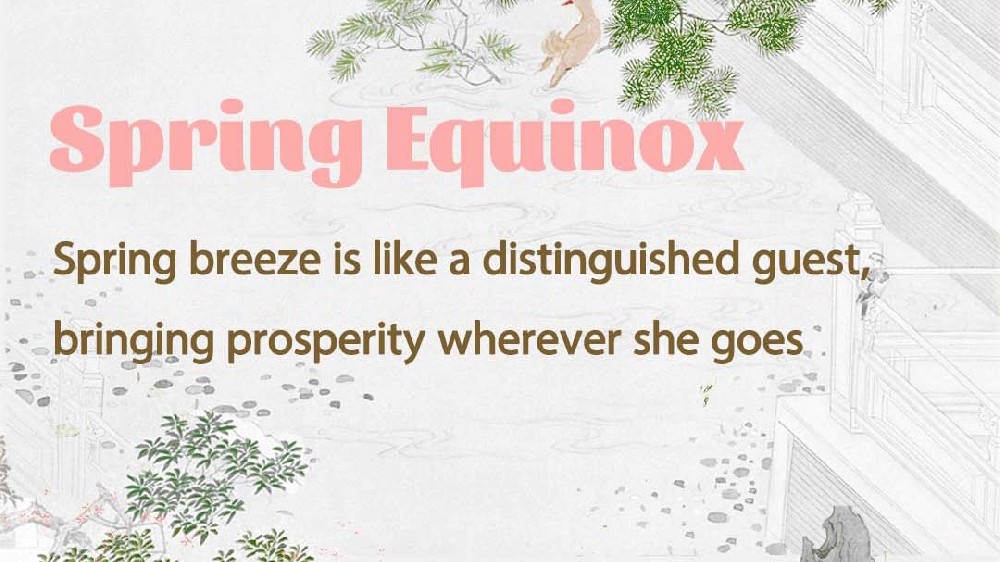Ancient Zhangzhung Civilization: A Legacy of Tibetan Culture
The ancient Zhangzhung civilization, developed indigenously in China, represents an ancient culture with a cross-ethnic background. It is the root of Tibetan culture, the foundation of the Tibetan people, and a significant part of Chinese civilization. Zhangzhung culture originated in Xizang’s Ngari, Qamdo, and Xigaze regions, where its presence and evolution can still be felt today.

1. Overview of Zhangzhung Culture
Zhangzhung was the name before the rise of the Tubo Kingdom. Its territory consisted of Inner, Central, and Outer Zhangzhung, centered on present-day locations such as Qulong Silver City in Zanda County (Ngari Prefecture), Tangre Chongzong in Nyima County (Nagqu Prefecture), and Qiongbuo Zizhu Mountain in Dingqing County (Qamdo Prefecture).
Geographically, Zhangzhung bordered Tubo to the east, Central Asia to the west, the Silk Road to the north, and Nepal and India to the south, making it a crossroads of diverse ancient civilizations. The Zhangzhung Kingdom, which existed from the 4th century BCE to the 7th century CE, absorbed cultural elements from Asia and Central Asia. It developed an ancient civilization centered around Mount Kailash, based on Bon religion and its unique environmental and cultural adaptations.
The Zhangzhung civilization is the root of Tibetan culture. While some earlier views posited that all Tibetan culture originated from India, this has been refuted. Tibetan culture’s origin is not Buddhism but Bon, which emerged in Central Zhangzhung. Increasingly, Bon manuscripts demonstrate that the cultural traditions around Mount Kailash were among the cultural centers of the Himalayas. Furthermore, the foundations of Buddhism in India—Brahmanism—have significant connections to the Kailash region. Thus, Buddhist culture absorbed elements of Chinese-originated Bon culture before being reintroduced to China, showcasing a phenomenon of cultural return. This helps explain the Tibetan people's deep acceptance and understanding of Buddhism.
2. Core Elements of Zhangzhung Culture
The Sacred Bird:
According to existing texts and research, Zhangzhung is an ancient term, with "zhang" meaning place or valley and "zhung" referring to the Zhongxia tribe of Zhangzhung. This tribe believed they were descendants of the sacred bird Qion. Depicted as a bird-headed, human-bodied creature with wings and talons, Qion is a significant totem in Tibetan culture. Its imagery appears in Bon scriptures and Tibetan rock art. Even today, traditional clothing in Ngari, neighboring regions, and Garze (in Sichuan) reflects the sacred bird motif, such as women’s shawls representing Qion’s wings, pleated skirts as its tail, and headwear symbolizing its horns.
Bon Religion:
Bon was founded by Shenrab Miwo, a prince of the Zhangzhung royal family. According to legend, he was born as the prince of King Toghar and Queen Jiasima. His life’s Twelve Deeds became the foundation of Bon's nine vehicles and the Four Doors and Five Treasuries, which underpin Bon's complex doctrines. Bon's core cosmology divides the universe into three realms: the upper realm (heavens, inhabited by deities across 13 layers), the middle realm (the human world), and the lower realm (underground, home to "lu" or aquatic spirits). During the Zhangzhung and Tubo periods, Bon flourished. Although its influence waned after the introduction of Buddhism, particularly under King Songtsen Gampo in the 7th century, Bon never entirely disappeared.
Folk Customs and Cultural Practices:
Zhangzhung culture profoundly influences Tibetan cultural practices, including mountain and lake worship, circumambulating sacred mountains, prostrating, using prayer wheels, carving scriptures on stones, building mani piles, offering dough figurines and butter lamps, raising wind-horse flags, divination, and performing Guozhuang dances. Additionally, Shenrab’s teachings included astronomical and medical knowledge. For example, acupuncture, often regarded as a Han Chinese practice, is evidenced in the Dunhuang manuscripts, which describe unique Tibetan techniques. Some Tibetan medical terms, such as those for olives and sophora root, still use Zhangzhung-origin words.
3. Contemporary Dissemination of Zhangzhung Culture
The essence of Zhangzhung civilization is documented in the 178-volume Great Canon of Zhangzhung, a cultural encyclopedia reflecting the integration of Tibetan and other ethnic traditions. This work spans religion, philosophy, literature, art, medicine, and folklore. In 2015, the Translation and Study of the Great Canon of Zhangzhung was launched as a National Social Science Fund major project. Scheduled to take a decade, it aims to decode this ancient civilization, restoring its profound impact on Chinese civilization and showcasing its openness and inclusiveness.
In the same year, the first China International Zhangzhung Culture Academic Symposium was held in Beijing, attracting over 60 experts from China, the United States, France, Italy, the Netherlands, the Czech Republic, Canada, and Japan. This marked a milestone for global interest in Zhangzhung studies. Subsequently, the symposium has become a regular platform for international research on Zhangzhung culture.
Beyond academia, the film and tourism industries have also promoted Zhangzhung culture. The documentary Zhangzhung, filmed in 2015, uses historical texts, archaeological findings, and the latest research to reveal this ancient civilization. In 2019, the Xizang Autonomous Region's Tourism Development Department launched a tourism route exploring the origins of Zhangzhung civilization. This route highlights Zhangzhung ruins, ancient village transitions, and the history of the plateau’s Zhangzhung Silk Road. Additionally, Ngari Prefecture hosts the annual Zhangzhung Culture Festival, now in its eighth iteration, celebrating local history, folklore, and tourism.

